Try picturing America without tumbleweeds, saloons, or the distant echo of spurs on dusty roads. Impossible, right? The Wild West is stitched into the American imagination so tightly we almost expect to find gunslingers on every street corner in Arizona or Wyoming. But is that rough-and-tumble Wild West still around, or has it really ridden off into the sunset?
Where the Legends Began—and What Changed
Step back to the crazy years from 1865 to 1900. Cowboys weren't just pop culture—they were survival. Cattle drives, gold prospecting, and real frontier justice ruled. Think of names like Wyatt Earp, Billy the Kid, and Calamity Jane—folks who saw gunfights as disputes and risked their necks daily. But here's something most people skip: the Wild West wasn’t endless lawlessness. Towns had sheriffs, schools popped up fast, and women owned businesses decades before the rest of the country caught up. By 1890, the US Census Bureau declared the frontier officially closed. Railroads snaked through the mountains, telegraphs beat stagecoaches with messages, and barbed wire closed off that open range.
Still, people chased the West’s freedom. That obsession shaped America: rugged independence, bending rules, trying your luck against huge odds. It wasn't just about chasing outlaws either. The Wild West built on the backs of immigrants from Ireland, China, Mexico—plus freed slaves and Native nations torn by expansion. Each group left its stamp on how we remember frontier days.
It might shock you to know not a single well-known outlaw or lawman lived quite the way Hollywood tells it. Most shootouts were rare and quick, far from the gun duels you see in movies. Dodge City’s infamous Boot Hill cemetery? Most folks died from disease, not trigger fingers. Still, gun ownership was standard: in Dodge, 1876 city laws required everyone to surrender weapons when entering town—hardly the free-for-all of legend.
Today, traces of the Old West show up in some weird places. Nevada has more wild mustangs than people. Cowboy culture is alive at rodeos, in the cattle industry, and on remote ranches still. You’ll catch echoes of the past every time you hit Route 66 or wander through a ghost town. But let's not pretend—modern life threw the saloon doors wide open to tech, concrete, and countless tourists, changing what survives forever.
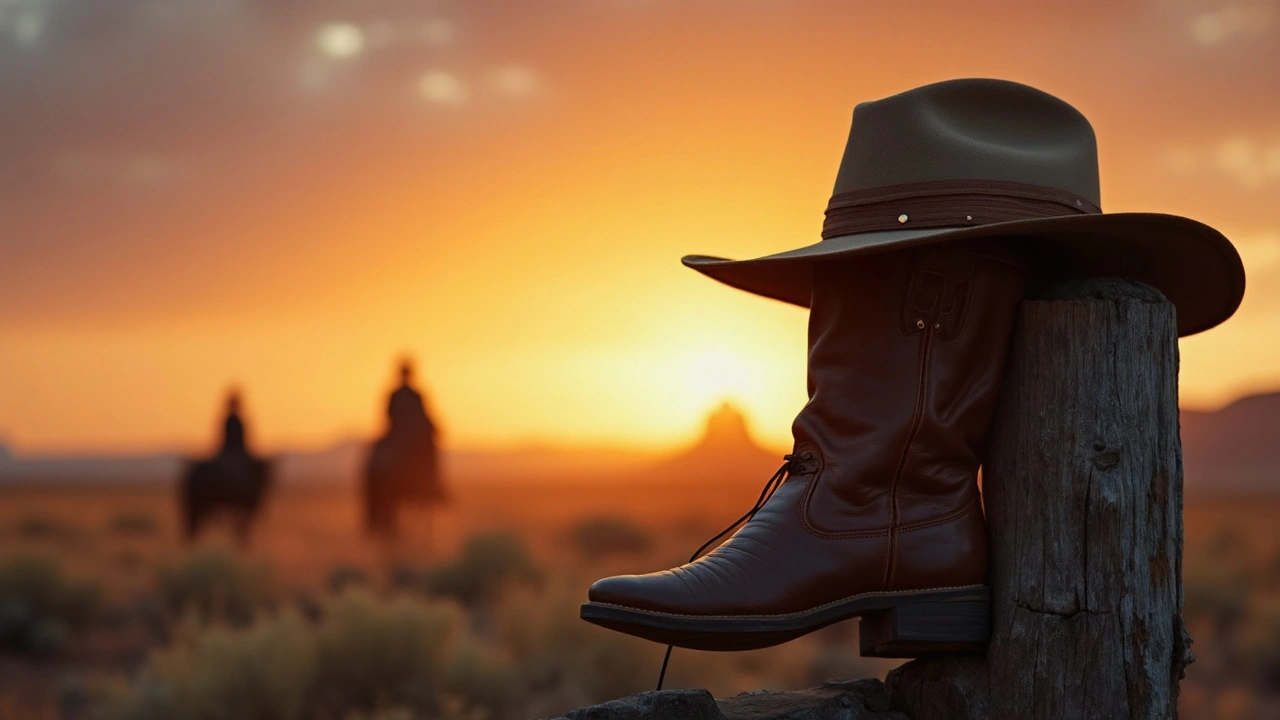
Modern Cowboys, Real Towns, and Living History
If you listen closely, the spirit of the Wild West lives on in corners most folks barely notice. Ranchers in states like Montana, Texas, and Oklahoma work dawn to dusk exactly like their ancestors—breaking wild horses, herding cattle, mending fences. The main swaps? GPS, ATVs, and satellite internet in place of hand-drawn maps and six-shooters. “Cowboying” is still a real profession; according to the US Bureau of Labor Statistics, over 10,000 people list 'cowboy' or a related ranching job as their occupation in 2025.
Beyond the work, you’ve got entire towns stuck somewhere between Spaghetti Western and daily suburbia. Tombstone, Deadwood, and Virginia City turn every weekend into a showdown, with actors donning dusters and pretending to be Daltons or Earps for the tourists. Toss in real museums, wild reenactments, and the faded wood of historic saloons—sure, it's a bit for show, but it beats a theme park for authenticity. Some of these places, like Bisbee, Arizona or Leadville, Colorado, weren’t polished for tourists: locals rebuilt, stayed, and now live with 1800s church bells and haunted hotels as daily background noise.
But the West's living history isn’t all nostalgia. Look at the annual National Cowboy Poetry Gathering in Elko, Nevada. There, old-timers and young folks alike swap poems about rain, herding, and loss—and yes, the gear is still Stetson hats, pressed jeans, boots, and all. If poetry isn’t your thing, check out working dude ranches scattered across states like Wyoming and Colorado. Travelers can sleep in bunkhouses, learn old-school roping, and ride out with real working wranglers. It's no Hollywood set—just pure, unfiltered grit and sunrise views that haven’t changed since the frontier closed.
And then there’s rodeo, maybe the loudest beating heart of cowboy tradition. In 2023, over 43 million Americans attended at least one rodeo event, and the Professional Rodeo Cowboys Association hands out millions of dollars in prize money every year. These athletes aren’t pretending—they break bones, chase wild broncs, and keep up an adrenaline-fueled, physically punishing lifestyle. Female cowboys, or “cowgirls,” compete just as fiercely as their male peers. It’s the real deal, just with live-streaming and digital scoreboards.
The West's effect on pop culture hasn't taken a break either. Yellowstone, the TV series, sparked renewed interest in ranching and cowboy life, with demand for authentic hats and boots shooting up 40% in western states since its 2018 debut. Classic country bars, line dancing, and boot-scootin’ music festivals dot places like Austin and Nashville—proof you don’t need dusty trails to channel frontier vibes.
If you’re itching for a taste of Wild West adventure, don't just chase tourist traps. Find small-town rodeos, local horse shows, or historic trails like the Santa Fe or Oregon trails. Travel with respect—remember, places that look like movie sets are home for ranch families, Native reservations, and tight-knit communities. Always ask before snapping photos, skip the plastic cowboy hats, and listen to locals—they’ll tell better stories than any brochure.
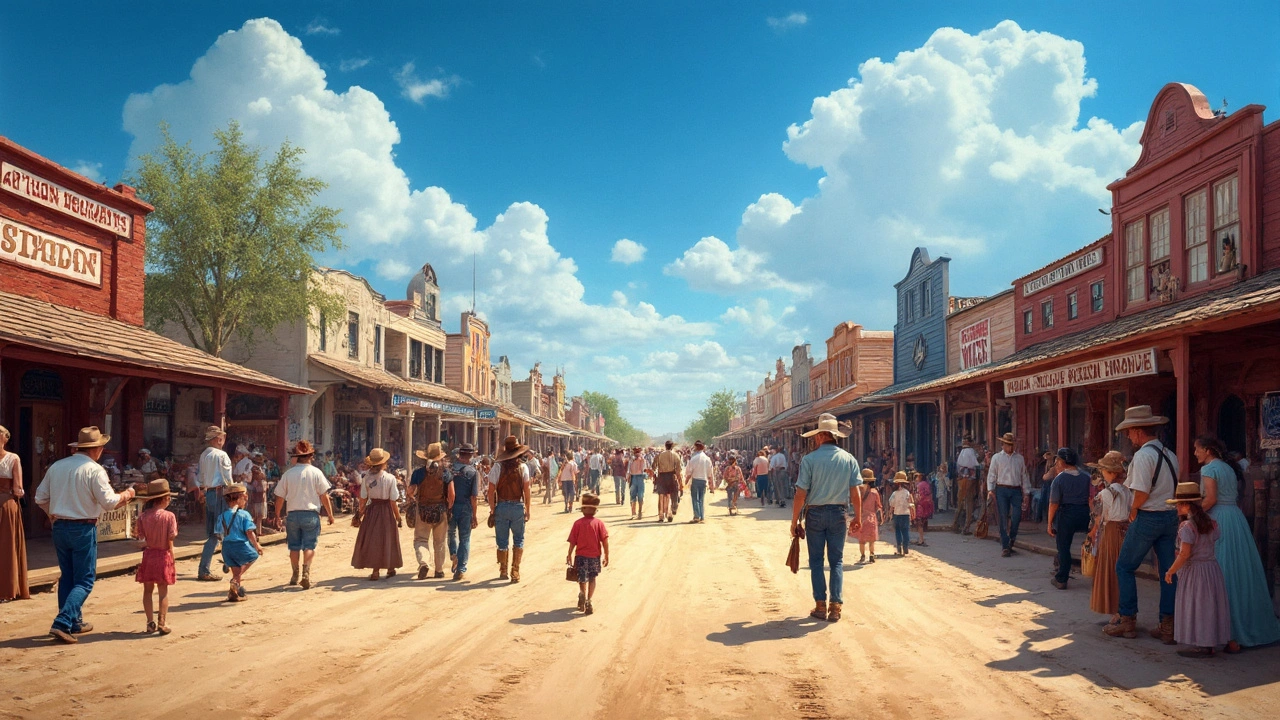
What Remains of the Wild West: Spirit, Struggles, and Real Connections
So, does the Wild West still exist? If you mean the version Leonardo DiCaprio might stumble into, probably not—the days when outlaws dropped their guns on poker tables are long past. Yet the Wild West isn’t gone. It sneaks into American life in practical, stubborn independence and a love for open horizons. That mindset, not just the cowboy hats, still pulls people westward.
You can see it even in the numbers. Over the last decade, folks have started moving west again. States like Colorado, Idaho, and Arizona keep growing fast, not just because of jobs or sunshine, but the idea of boundless space and reinvention. Outdoor recreation and working lands drive billions in revenue—in 2024, Texas alone logged $11 billion in ranching and farming output. Meanwhile, 37 million acres remain working ranchland in Wyoming, Montana, and the Dakotas—a patchwork that looks a lot like it did 150 years ago.
Here’s a quick look at how much of the Old West’s world is still right here:
| Old West Element | Still Exists? | Modern Form |
|---|---|---|
| Open Range Herding | Yes, in some places | Managed grazing, large ranches |
| Outlaw Justice | No | Legal systems, community policing |
| Historic Saloons/Towns | Yes | Tourist attractions, local businesses |
| Native Lands | Yes | Reservations, cultural centers |
| Cowboy Professions | Yes | Modern ranching, rodeo |
The wild west may not look the same, but its core hangs around—stubborn, quietly proud, and built on community. It’s in how strangers still wave from pickup trucks on rural roads, how communities rally after disasters, and how folks carve out a living from landscapes most people see as empty.
If you want to connect to that spirit, start simple: support local ranchers and Native artisans, show up at county fairs, and take time to hear how real families live on old land. Consider volunteering on a working ranch, or just spend an evening at a Western dance hall—it’s a lot more fun than watching another Hollywood reboot. The Wild West may be more myth than daily reality for most, but its heartbeat thrives in dusty boots, wide skies, and the fierce pride of those who still call it home.

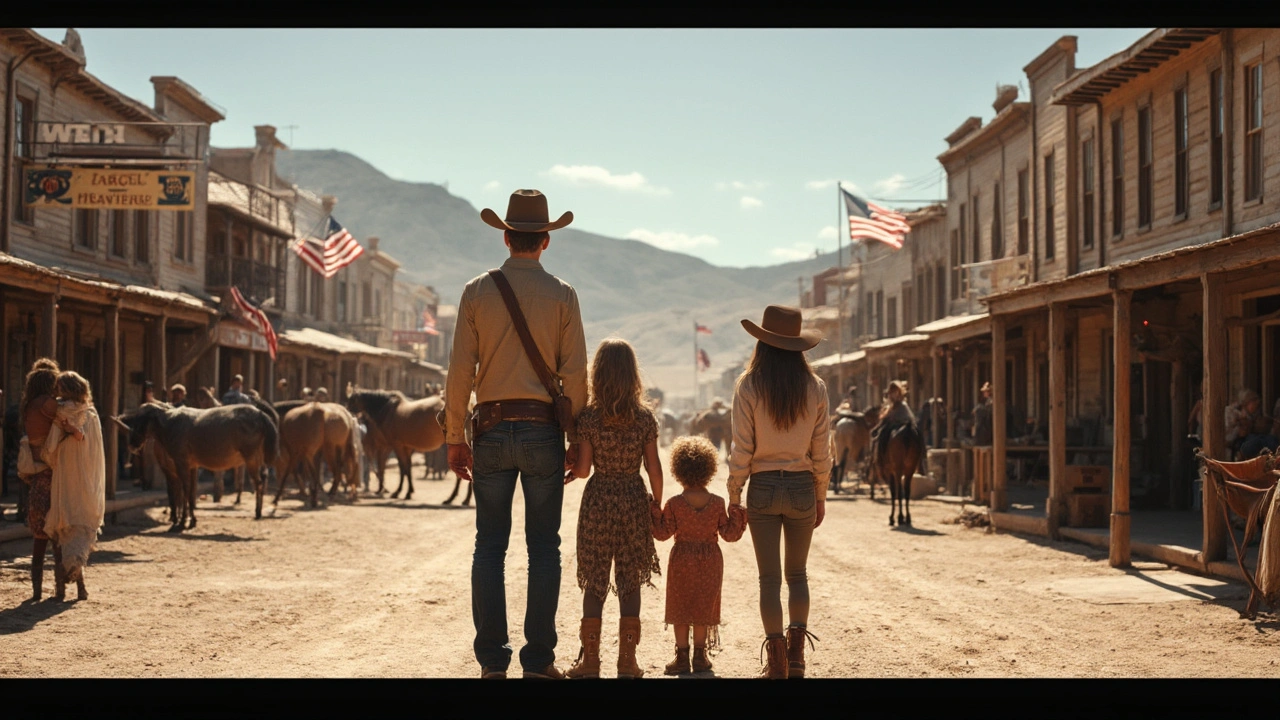
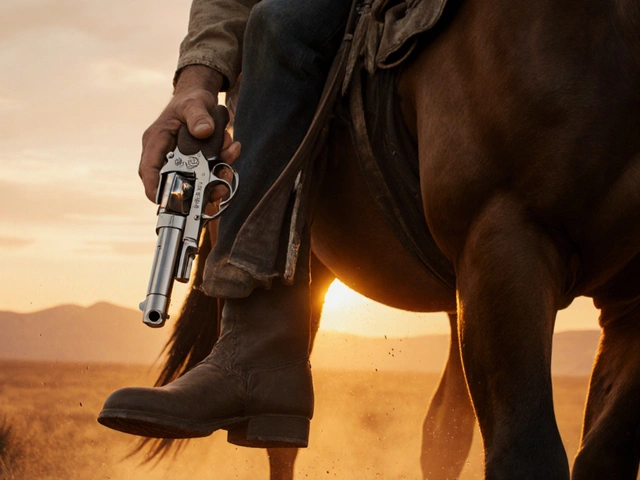
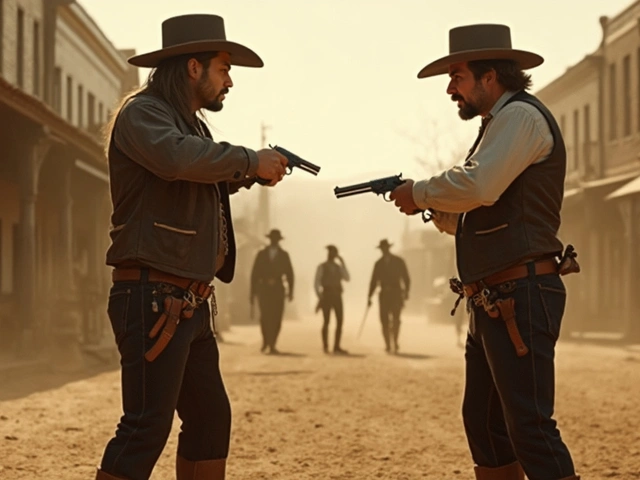
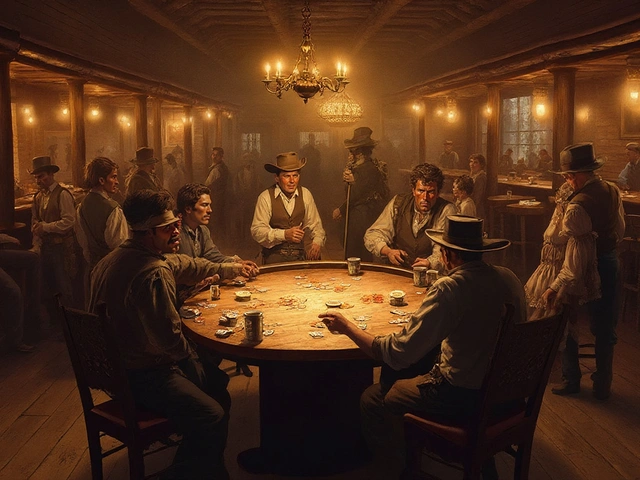


Bharat Patel
July 18, 2025 AT 00:06